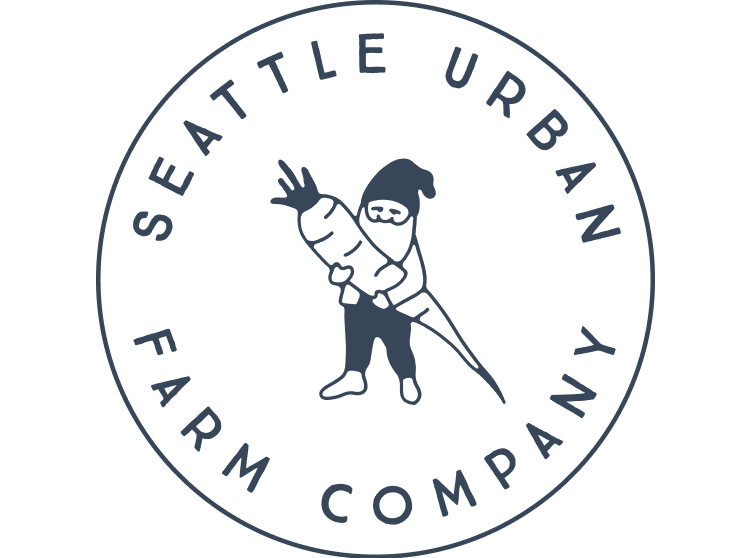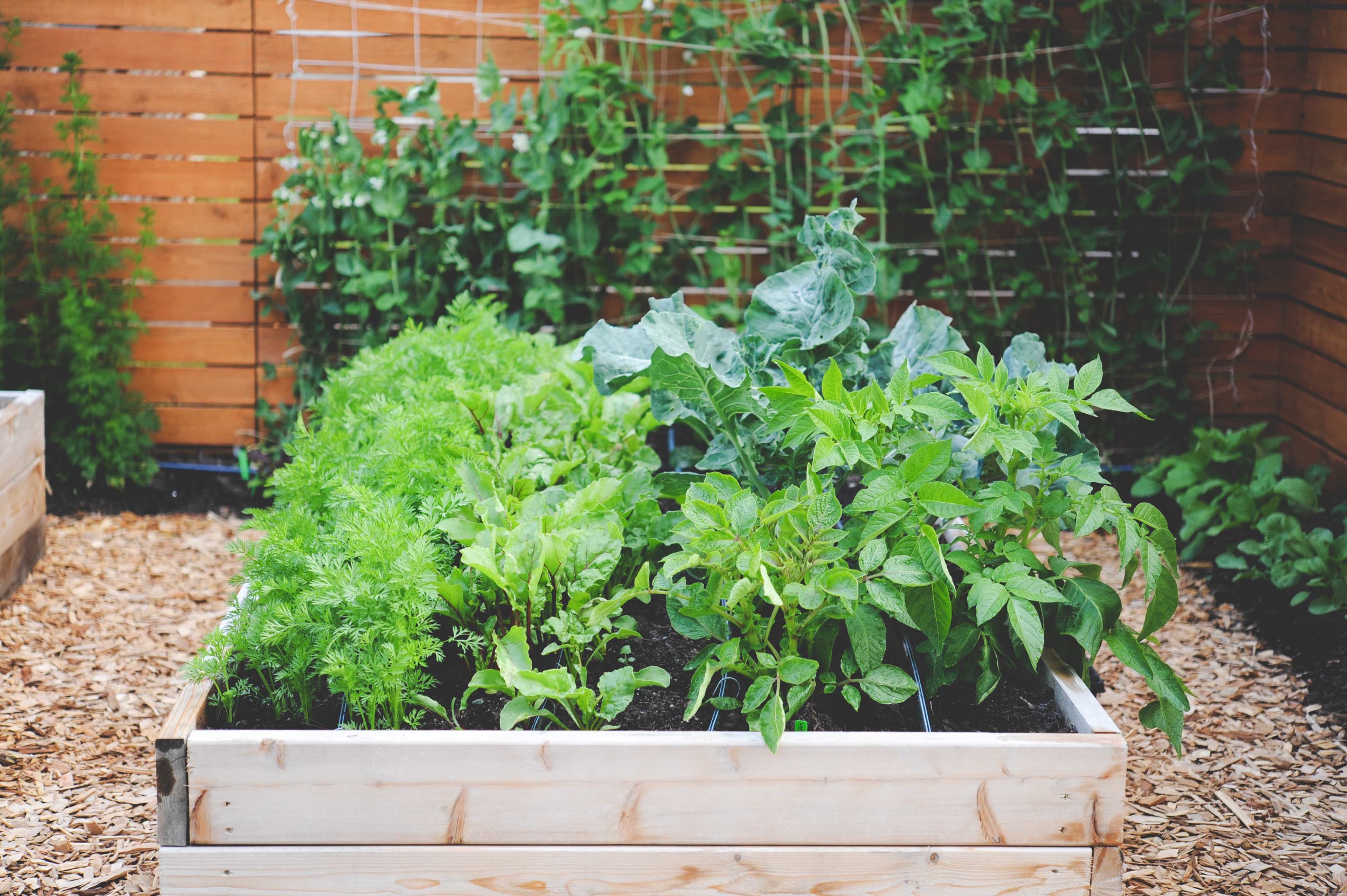Mid-July brings warmer weather to many regions, and this weather brings the end of pea season. It’s also the time when garlic and onions (bulbing alliums) have matured and are ready to be pulled from the garden to make room for another crop. So...what’s next? Just when you thought your garden was full and it was time to sit back and enjoy the bounty, it’s time to start planting again! There’s rarely a dull moment in a high-yield vegetable garden!
Read MoreOne Day DIY Project: Setting Up A Container Garden
Direct sown lettuce (left) and arugula (right) growing in a 7 gallon pot.
Last year I built a container garden in my backyard. Before adding the containers, my garden had 140 square feet of raised beds for annual crops, and another 250 square feet of space for cut flowers and edible perennials. My garden was a decent size, and produced a ton of food. However, since I love to can, pickle, ferment and freeze, I can always use more.
Read MoreEpisode 26: Crop Rotation
Over the past two episodes, we discussed tools you can use to decide where your crops should be planted in a given season, but it's important to plan where to plant them from year to year. This week we are going to go over why you want to rotate and why certain crop families require more frequent rotation.
Read MoreEpisode 25: Growth Habi
This week we will be continuing the garden planning conversation by discussing another factor that can help guide your garden planning, and that’s plant growth form. Last week I mentioned that my motto was “plant like with like”. Grouping plants with the similar growth habits is another element to consider when organizing your garden.
Read MoreEpisode 24: Crop Lifespan
Today, we're going to focus on the lifespan of annual crops and how you can use your crops lifecycle as a tool to help guide your garden planning. This is the first of many episodes we will share over the next few months on the topic of garden planning.
Read MorePlanting Calendars for Home Gardeners
All photos by Hilary Dahl
A planting calendar is just what it sounds like: something you can look at each week to determine how much of each crop to plant. Whether you're planning grow enough peppers to pickle for the winter or want to have a supply of arugula in the garden for fresh salads all summer long, a calendar is there to help you make the most out of your garden space!
Read More





